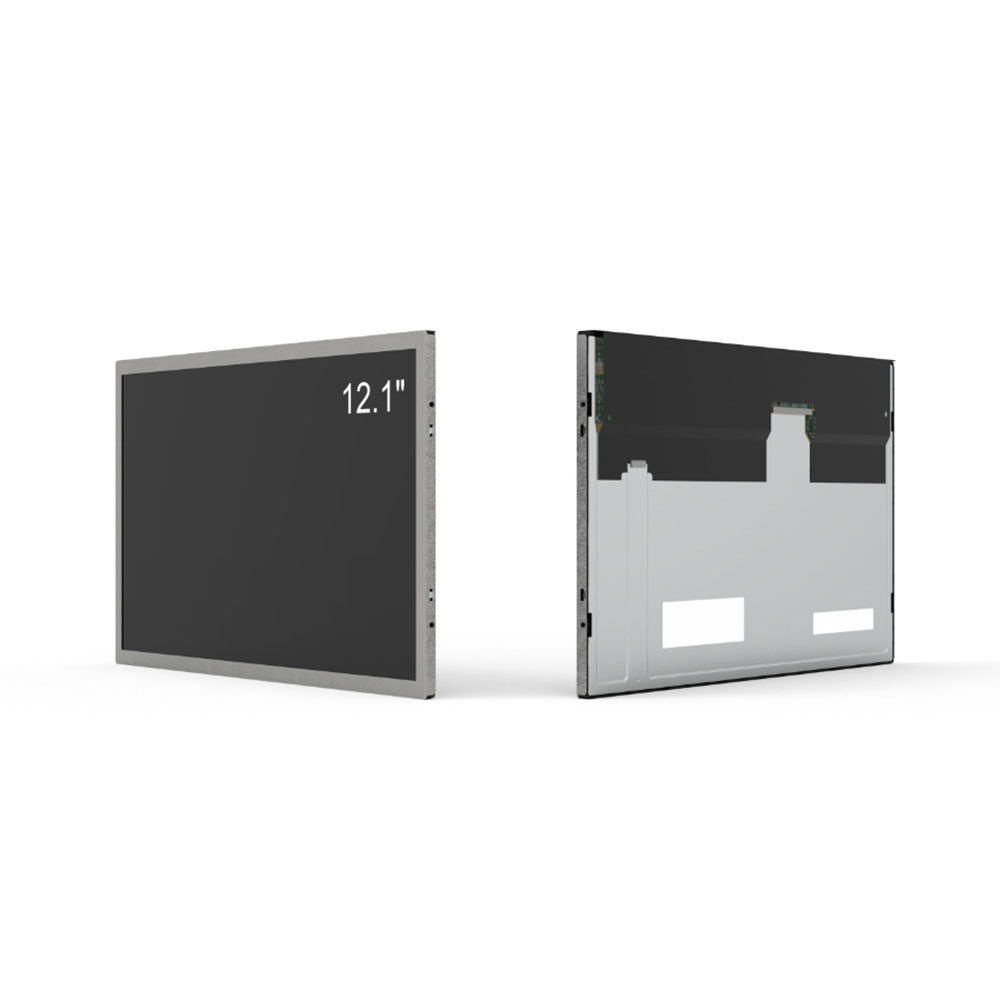- Home
- About Us
- Products
- News
- Video
- Contact
- Send Inquiry
Search
- Home
- About Us
- Products
- News
- Video
- Contact
- Send Inquiry

Outdoor high-brightness LCD displays have become a cornerstone of modern public transportation infrastructure, providing real-time information to passengers in dynamic environments such as bus stops, train stations, and airports. These systems are engineered to deliver clear, readable content even under direct sunlight, extreme temperatures, and adverse weather conditions—hallmarks of outdoor operational challenges. According to the International Association of Public Transport (UITP), over 70% of transit agencies worldwide now integrate digital signage into their passenger information systems (PIS), with outdoor LCDs accounting for more than 60% of these deployments due to their reliability, cost-effectiveness, and adaptability.
The core technology behind effective outdoor PIS displays lies in brightness levels exceeding 5,000 nits—far above the typical 250–500 nits found in indoor screens. This is achieved through advanced LED backlighting, anti-glare coatings, and high-contrast ratios. For example, the City of London’s Transport for London (TfL) installed 1,200 outdoor LCDs across its network, all rated at 7,000 nits, ensuring legibility during peak sun hours and winter snowfall. The displays use ruggedized aluminum enclosures with IP65 or higher ratings to protect against dust, water ingress, and mechanical stress—critical for long-term operation in exposed locations.
Beyond brightness, system integration plays a pivotal role. Modern outdoor LCDs often support Ethernet/IP connectivity, allowing seamless updates from centralized control systems like those used by the New York City Transit Authority (NYCT). This enables dynamic content such as service alerts, arrival times, route changes, and emergency notifications—all crucial for maintaining passenger trust and operational efficiency. Case studies from the European Union’s Horizon 2020 program show that well-implemented PIS can reduce average passenger wait anxiety by up to 38%, improving perceived service quality without increasing infrastructure costs.
Moreover, energy efficiency and sustainability are increasingly prioritized. Many new models incorporate adaptive brightness control, which adjusts screen luminance based on ambient light sensors—an innovation that reduces power consumption by up to 40% compared to fixed-brightness units. In Singapore, where climate conditions demand continuous operation, the Land Transport Authority (LTA) reported a 25% decrease in maintenance costs after switching to smart brightness-controlled displays. Such data underscores the importance of integrating environmental intelligence into display design—not just for performance but for lifecycle cost reduction.

From an engineering standpoint, outdoor LCDs must also comply with international standards such as EN 50155 for railway applications and UL 1993 for safety certification. Manufacturers like LG Electronics, Samsung, and Panasonic now offer certified modules specifically tailored for transit environments, featuring extended temperature ranges (-30°C to +60°C), shock resistance, and long-life LEDs (up to 100,000 hours). These features ensure minimal downtime and consistent user experience—a key metric for both public sector clients and private operators seeking to enhance customer satisfaction metrics.
In conclusion, outdoor high-brightness LCDs are no longer optional accessories in public transport—they are essential tools for enhancing transparency, safety, and efficiency. As cities grow denser and mobility patterns evolve, robust, intelligent, and scalable PIS solutions will remain at the heart of smart urban development. With continued advancements in display technology, connectivity, and AI-driven analytics, these systems will soon enable predictive passenger insights, personalized messaging, and fully integrated multimodal navigation—ushering in a new era of responsive and inclusive transit experiences.